American football has always been a violent sport. Just in the past couple of weeks, one high school student in Tennessee died from football-related injuries and another was seriously and perhaps permanently injured.
Over the past few years, the increasing spotlight on head injuries has caused the National Football League (NFL), college and high school organizations to change rules and equipment and increase fines for the repeated violations or flagrant violation of these rules.
These changes came about by the discovery that many people (both pro and collegiate) were suffering concussions on a regular basis, which sometimes led to Alzheimer’s like symptoms and other mental illnesses.
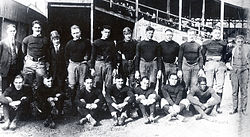
Not only has the NFL and other sports organizations investigated this (sometimes after years of prompting) but so has the government.
This is nothing new. During his presidency, Theodore Roosevelt pressed for new rules governing the sport.
In those days, there was no professional football, but college football was becoming increasingly popular and was spreading to all corners of the nation.
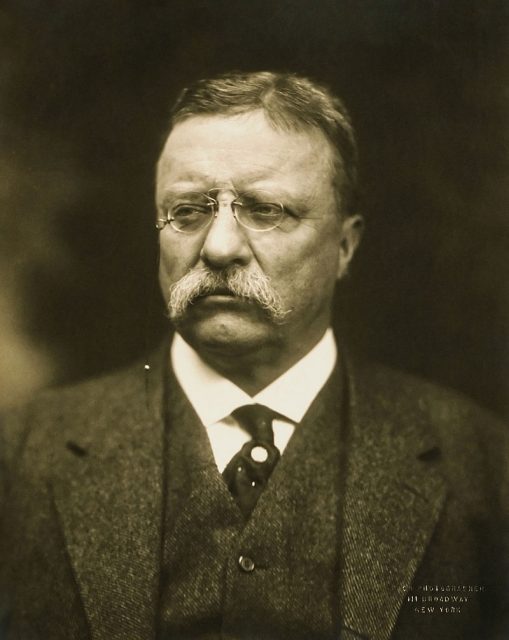
In 1904, eighteen football players died. Some died on the field. Broken spines, a pierced lung or heart from broken ribs, or fractured skulls. Some of these men died in hospitals later on.
Many readers will have seen pictures of the early football uniforms: metal cleats, no padding except for perhaps thigh pads and rudimentary shoulder pads (maybe).
And leather helmets with NO face-masks. Professional football did not make face masks mandatory until 1943, and even then it was easy to throw a forearm, fist or elbow through them.
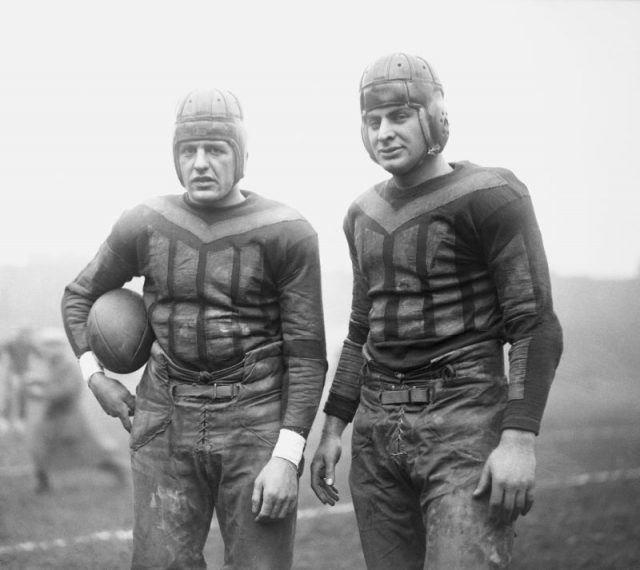
Just ask famed coach Don Shula, who played in the 1950s – his nose was broken a number of times. Some of those were accidental.
When Shula was a coach, his player Larry Csonka had a very small mask – his nose was broken at least nine times. That was in the 1970s.
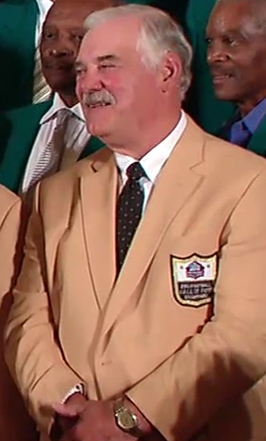
Theodore Roosevelt was no stranger to football. He played it in college but never made varsity because of nearsightedness. He then became a “superfan.”
Roosevelt, sometimes known by his initials “TR” was a tough guy. He had been a sickly kid and so for his entire life he did things to both improve his health, stamina, and ego.
The privileged son of a rich family, he had gone west to work on a ranch, became a big-game hunter, and most famously, raised troops with his own money to fight in the Spanish-American War (the famous “Rough Riders”).
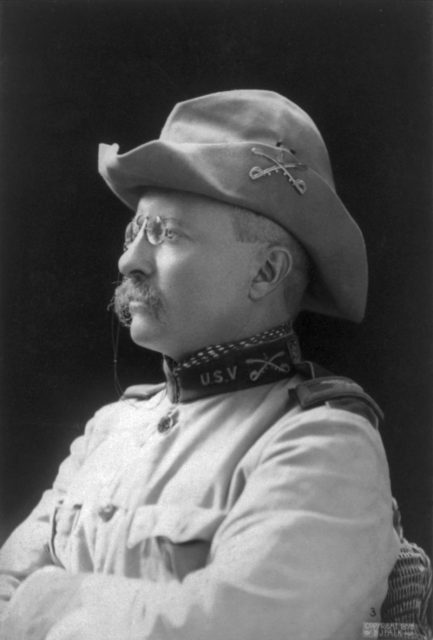
Roosevelt helped to re-organize the Harvard-Yale game that was played every year in New York City.
Fans and the newspapers took to calling it “The Hampden Park Bloodbath” for the injuries and bad blood which happened during the game.
This didn’t bother Roosevelt, who believed the sport was a way of toughening up the youth of America and getting them ready for the military.
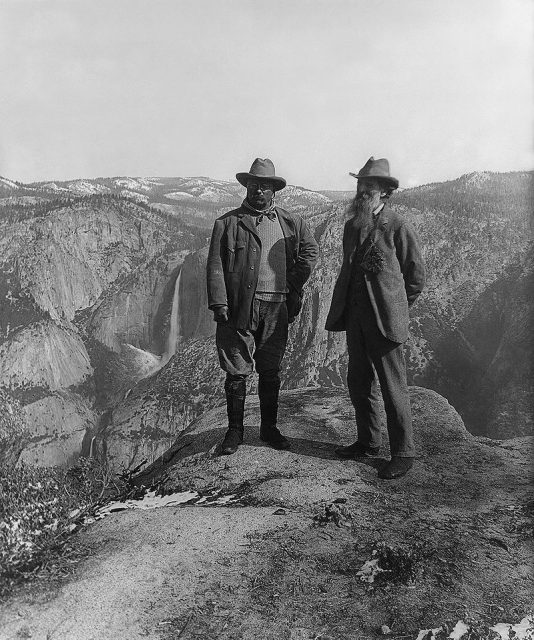
In 1903, he gave a speech in which he said ““I believe in rough games and in rough, manly sports. I do not feel any particular sympathy for the person who gets battered about a good deal so long as it is not fatal.”
Well, by 1904, football had gotten really fatal. The game at that time was more like rugby – more running and less passing.
Kickoffs were the big exciting play. Until very recently, NFL and other players were allowed to form a wedge in front of the returner to drive into the opposing players as they sought out the ball carrier.

For decades during the Super Bowl Era this was limited to four players and many times they linked arms. “Clothes-lining,” catching someone in the throat with a forearm, was a goal.
In the game at the turn of the century, players formed a “flying wedge” on many plays, not just on kickoffs. This formation was the chief, but not the only culprit, of the serious injuries and deaths that were taking place on American football fields.
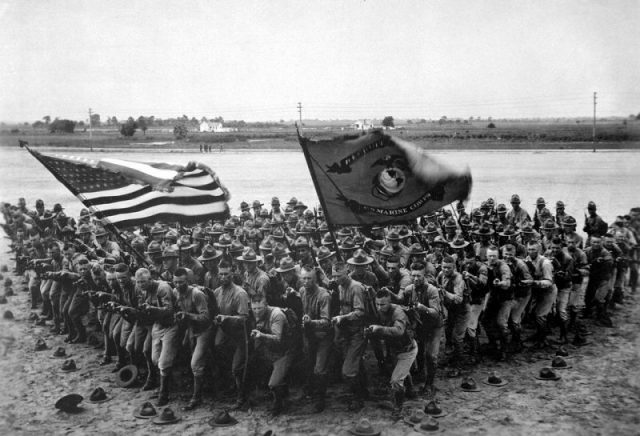
In 1905, the number of fatalities increased, up from 18 to 19, with almost 150 serious injuries that required hospitalization.
Roosevelt’s son, Theodore Jr. (who would later go on to be awarded the Medal of Honor for his service in France in WWII) had his nose broken and flattened during a game.
One paper in Texas said “The once athletic sport has degenerated into a contest that for brutality is little better than the gladiatorial combats in the arena in ancient Rome.”
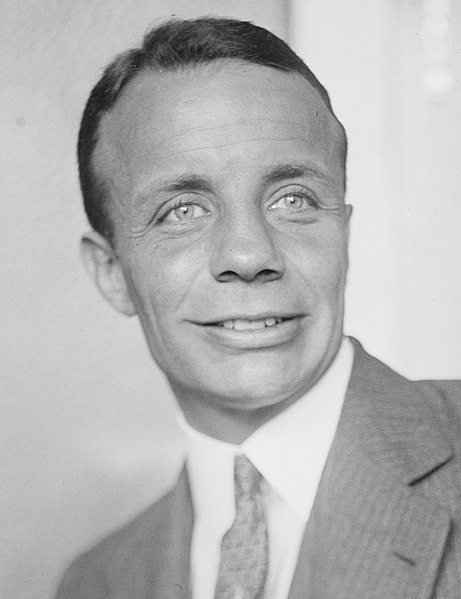
In 1906, some of the most famous and prestigious colleges in the nation began to drop football. Charles Eliot, the president of Harvard, threatened to pull football from its athletic program as well.
He likened the sport to cock-fighting, boxing or bull-fighting. Roosevelt agreed that some changes needed to be made, but he hoped that the rules wouldn’t soften up the game too much.
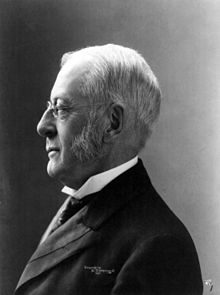
Before football season in 1906, Roosevelt invited the coach of Harvard and officials from other universities to the White House. He urged them to develop uniform rules that would increase safety and decrease injury – without the sport becoming “lady-like.”
Soon after this meeting, officials and coaches from colleges around the nation met and approved some new rules, many of which are in play today, such as the forward pass, and a 10 yard first down distance.
https://www.youtube.com/watch?v=7wS_9LGIx60
Both the pass and the enlarged first down distance spread the game out and decreased the prevalence of the flying wedge. They also instructed referees to be more strict in the enforcement of existing rules. This meeting was the fore-runner of today’s National Collegiate Athletic Association or NCAA.
Read another story from us: Roman Emperor Nero Competed in the Olympics
The changes in the rules did result in a decrease in fatalities. 1907 saw eleven deaths. The number of serious injuries went down drastically. An increase in deaths in 1909 resulted in further rule changes. These changes are widely regarded as having laid the foundation of modern football.
